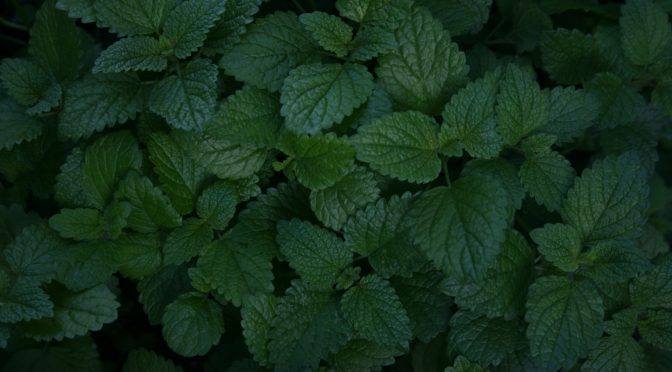In a previous post, we discussed easy permaculture projects. If you enjoyed those or have been delving deeper into permaculture or self-sufficiency we’ve rounded up a few more ideas to encourage people to take it a step further.
Set Up a Compost Toilet
One of the principles of permaculture is to “produce no waste.” A surprisingly simple way to cut down on the amount of waste you produce is to use a composting toilet.
There are many options available for commercial composting toilets however they can be quite expensive. Thankfully, they’re fairly easy to create yourself and they can even be used indoors.
You’ll need to create a box or cabinet with a hole and toilet seat fitted on top that sits over a 5-gallon bucket. You’ll also need a good supply of absorbent material. Some folks use hay or straw but wood shavings or sawdust seem to work best.
Before using the toilet add a layer of material to the bottom of the bucket several inches thick. When you’re finished using the toilet cover your waste and any toilet paper with a layer of the absorbent material of your choice.
Obviously, you’ll also need a place to empty the contents of your bucket. You’ll want to create a large sturdy compost bin. Wood or cinder blocks work well for this. It’s also ideal if it has a lid. You should let this compost sit for about one year. By then it should be broken down just like traditional compost. Though some folks use this one their garden crops it’s generally recommended to use it around fruit trees instead.
This compost also called “humanure” cannot be used in commercial gardens.
Build a Swale
Some of you may not need a swale if you have a flat property. However, for those with hilly properties so prevalent in Appalachia, you may really benefit from adding a swale to your property.
If you’re unfamiliar, swales are basically ditches with mounded beds downhill from them. On a large scale, they’re typically built on contour. They’re productive, drastically reduce or eliminate the need for watering, and reduce erosion. The ditch catches rainwater that would otherwise run down the hill and allows the bed to slowly absorb it.
To learn how to create one on your property check out our post, Let’s Talk About Swales.
Stop Visiting Big Grocery Stores
Start trying to grow more of your own food like staple crops and learn how to store and process them. Cook from scratch as much as possible. Source other food directly from farmers, local co-ops, or locally-owned shops. You’ll probably be eating healthier and supporting your community.
If this isn’t an option in your area don’t feel bad, just do the best you can. Try to find as many local products as you can where you shop and consider asking about them to encourage the managers to carry them.
Learn About Your Local Insects
As children, we’re often curious and enthusiastic about the insect life around us. As adults, we often ignore them or see them as pests. Learning about insect life around you can help connect you with the land and may even make you a better gardener.
Learn about beneficial insects like predatory wasps and beetles and pollinators. Learn about pests too. You’ll probably gain new understanding and appreciation. For example, the dreaded tomato hornworm is a hawk or sphinx moth in its adult phase. As a moth, it is one of the primary pollinators of nighttime flowers like Angel’s trumpet (D. meteloides).
Try creating your own insect hotel or planting a pollinator garden.
Study Herbalism & Grow Herbs
Herbalism may not cure everything but plant medicine can be powerful. In fact, many of our modern drugs are synthetic versions of compounds naturally found in plants that we’ve learned to replicate.
To get started with herbalism check out our post Beginner’s Medicine Garden or consider taking a digital herbalism class from schools like The Indigi Golden Herbal Academy, The Herbal Academy, or The Chestnut School of Herbal Medicine.
Stop Mono-cropping
Permaculture is all about working with nature. By avoiding monocultures you can mimic natural ecosystems to help protect your soil, prevent pest and disease issues, and even eliminate some of the need for weeding.
There are many ways to get started. Try companion planting with plants that are known to benefit from each other’s presence, start a three sisters garden, play with your own plant mixes, or create a fruit tree guild.
Learn About Soil Building
Healthy plants start with healthy soil. Expanding your knowledge can help you achieve healthier soil and a better yield. Try reading up on the soil food web.
Learn more about how to help your soil by getting it tested. If you need help with your soil test refer to our post, Understanding Soil Tests.
Make your own compost and amend your garden with it. Try making compost tea for giving plants an added boost.
Take what you know a step further by learning about how soil impacts the world beyond your property.
Capture the Heat From Your Compost
Healthy compost piles give off heat as they decompose. To make your property more efficient you can try to capture this heat.
One of the easiest ways to capture some of this heat is simply to place your compost pile or bin into a small high tunnel. Edible Acres has some great videos about creating affordable high tunnels from cattle panels and composting in them.
If you’re ready to dig deeper, try completing a couple of these projects this summer! If you missed that last permaculture post you can find it here: 9 Easy Permaculture Projects.

